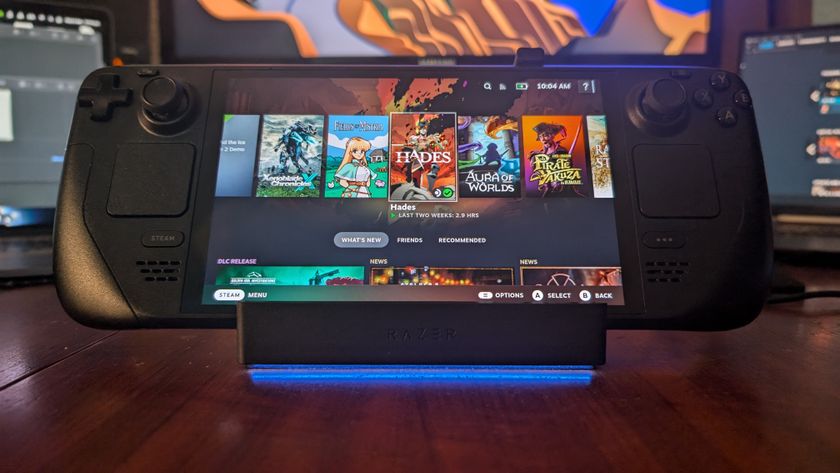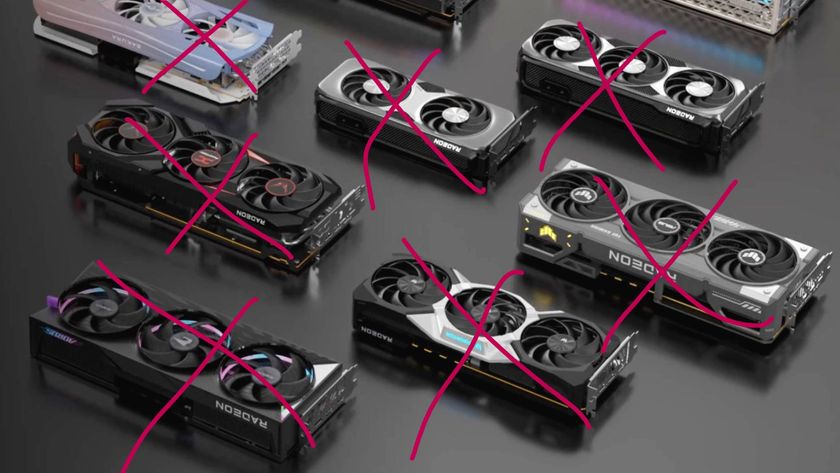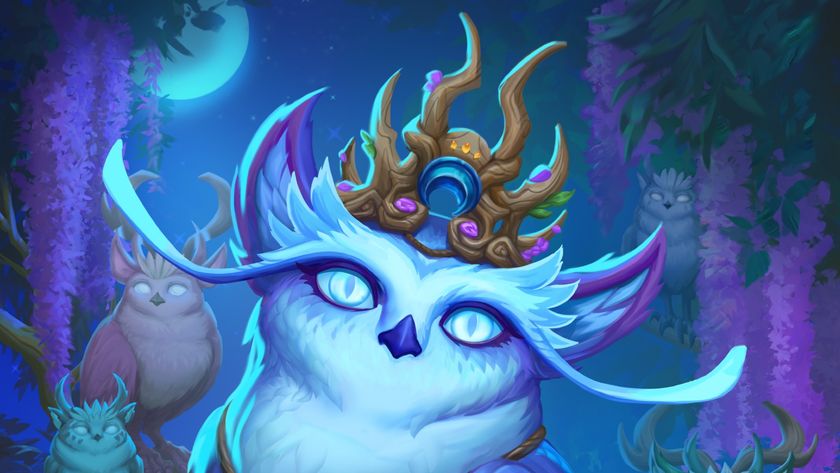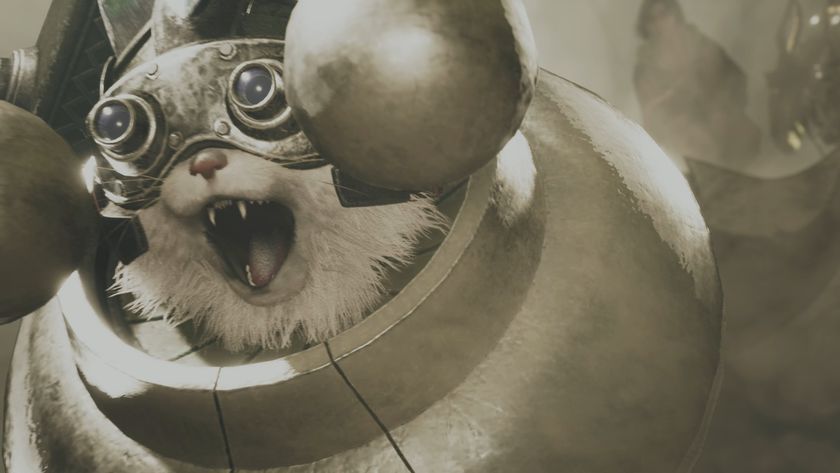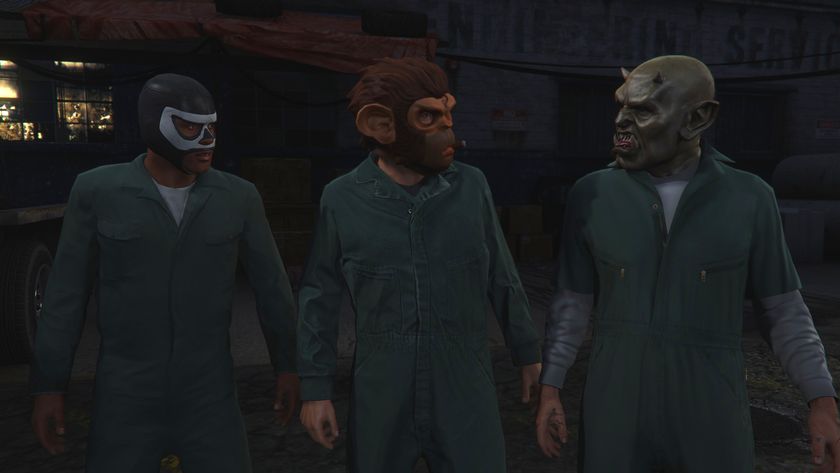Overwatch’s Bastion isn’t OP, it’s boring
Not being fun is a greater crime than being overpowered, argues our FPS expert.

Every competitive game has a shared villain: a character, ability, or weapon that’s deemed to be overpowered. For Overwatch, that community scapegoat is Bastion. During the game’s lengthy beta, the transforming turret was the subject of memes and internet videos aplenty, which Kotaku shows in greater detail. Most of them arrived at the same conclusion: this gatling gun on legs was simply too devastating to exist alongside Girl Who Turns Into An Invincible Ice Cube or Cowboy Who Instantly Murders Everyone He Can See. One person felt the need to faceswap Bastion into the latest Overwatch short just to watch it get kicked around by Overwatch’s actual bad guys.
Bastion isn’t overpowered. It has plenty of counters, hell, Tracer can solo it in the right situation, but that isn’t the point. A playable machine gun turret is simply a one-dimensional roadblock that doesn’t create many fun connections with its fellow characters. It’s the dullest form of defense.
And it used to be duller. Today’s Bastion is the weakest iteration of the character we’ve seen. In an earlier version of Overwatch, preserved below in an official video, Bastion gained a 1000-hitpoint shield whenever it deployed. The well-protected bot absorbs about 10 consecutive Junkrat grenades without losing its bubble. When Bastion wasn’t taking damage, the shield automatically regenerated.
When we complain that Bastion is too powerful, I think what we’re using the gaming parlance of our times to say something more damning: Bastion isn’t very fun. We should fixate less on whether or not a character is balanced, and more on what interesting experiences that character creates for all players, and how interesting its relationship is with the game’s maps and other systems.
For comparison, consider one of Bastion’s ancestors, Team Fortress 2’s Sentry Gun. In early TF2 especially, a smartly-placed sentry turret was an object of absolute, deadly attrition. With the right defense surrounding it, a turret could survive for the entire round in the same spot, calmly disposing of anyone who wandered into its line of sight. On paper, TF2’s turrets were even more powerful than Bastion: they were omniscient, juggled you into the air, and never missed. OP!
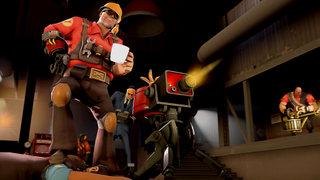
The power of the sentry made Team Fortress 2 more fun because it wasn’t simply a durable, deadly roadblock meant to hold chokepoints—for a period of TF2’s lifespan, it was the hinge on which dozens of other mechanics and roles swung. It strengthened the relationship between Medic and Heavy, and the importance of protecting Medics so they could build an ÜberCharge. Separating an Engineer from a turret to make it temporarily vulnerable (as you can with Torbjörn in Overwatch) became a fun way to break a defense. To blow up a sentry, Spies had to master the act of sabotage, and Demomen the art of indirect fire. Even Pyros got some extra workload on defense, with their air blast being one of the only counters to ubered sentry attackers.
Right now, Bastion’s sin is that it doesn’t promote many interesting interactions with other characters or systems.
The biggest gaming news, reviews and hardware deals
Keep up to date with the most important stories and the best deals, as picked by the PC Gamer team.
- Bastion gives Overwatch’s snipers a high-priority target.
- Bastion gives Genji’s deflect ability and Reinhardt’s shield some extra utility.
- Bastion is sometimes good at denying certain lanes of certain maps.
- An offensive Bastion can be effective with a Reinhardt in front of it.
- Bastion, maybe slightly more than most other heroes, encourages you to swap roles in order to deal with him.

My frustration with Bastion has nothing to do with its damage output. Bastion’s ability to heal itself (with no real cooldown or penalty other than losing the ability to shoot as you’re welding yourself back together) is one of the biggest reasons it’s Overwatch’s least-interesting hero. What would Bastion play like if you couldn’t self-heal? You’d probably have to communicate well with your healer, knowing when to call in their help without depriving your teammates. You’d have to pay more attention to your team’s positioning, making sure you’re reasonably within reach of that healer—you’d have to play differently depending on which supports were in play, even. Or you’d have to dart away and find a health kit, using your map knowledge and intuition to pick the right moment to abandon your post (and perhaps robbing a teammate of that pickup in the process). The proximity to health kits would make certain deploy points more viable than others, perhaps adding to the meta of each map.
pic.twitter.com/877NQ8bKClMay 25, 2016
We should fixate less on whether or not a character is balanced, and more on what interesting experiences that character creates for all players.
As Blizzard tunes Overwatch’s characters or adds new heroes this year, I think it still has something to learn from the interconnectedness of TF2’s mercs, the way that each character enhances the identity of other characters. To someone unfamiliar with the game, The Spy might appear OP. He’s invisible, and when he isn’t invisible, he appears as one of your teammates. He can kill you instantly. But think about the variety of behaviors that the Spy—or even the possibility of a Spy—creates. He gives stronger purpose to Pyros, who are good at sniffing out phonies. An effective Spy can infect an opposing team with McCarthyistic paranoia, prompting a Sniper to equip defensive gear or stay closer to teammates. If you’re clever, you can prank an opposing Medic into healing you as a Spy. He offers a role to players who don’t want to rocket jump or heal, but who instead want to exercise timing and deception to win.
Really, I wonder if all of the passionate conversation around Bastion arose from the Overwatch’s somewhat dense Play of the Game feature. An end-of-game highlight is a great idea for a system, but in practice it sometimes celebrates mundane multikills as godlike feats of heroism. It’s easy to build a grudge against a character when you’re forced to watch them mow you down with all the intensity of cutting grass.

Evan's a hardcore FPS enthusiast who joined PC Gamer in 2008. After an era spent publishing reviews, news, and cover features, he now oversees editorial operations for PC Gamer worldwide, including setting policy, training, and editing stories written by the wider team. His most-played FPSes are CS:GO, Team Fortress 2, Team Fortress Classic, Rainbow Six Siege, and Arma 2. His first multiplayer FPS was Quake 2, played on serial LAN in his uncle's basement, the ideal conditions for instilling a lifelong fondness for fragging. Evan also leads production of the PC Gaming Show, the annual E3 showcase event dedicated to PC gaming.
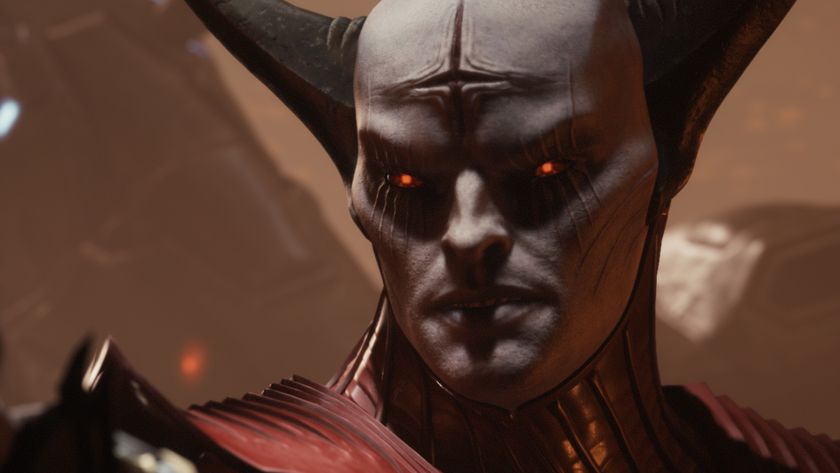
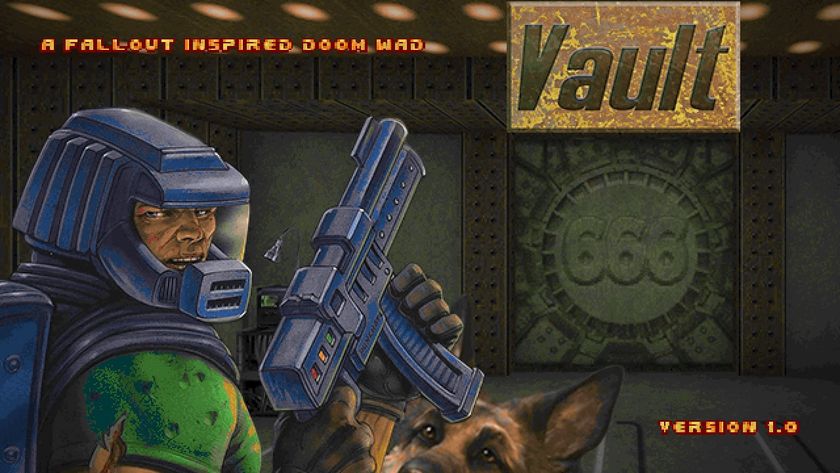
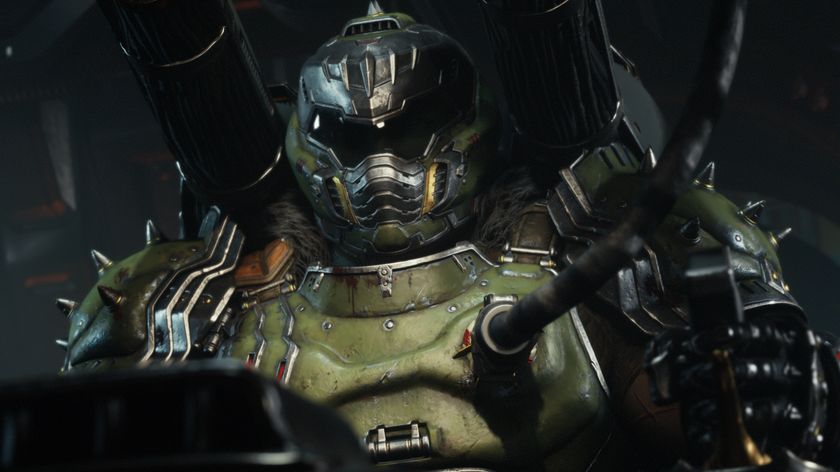
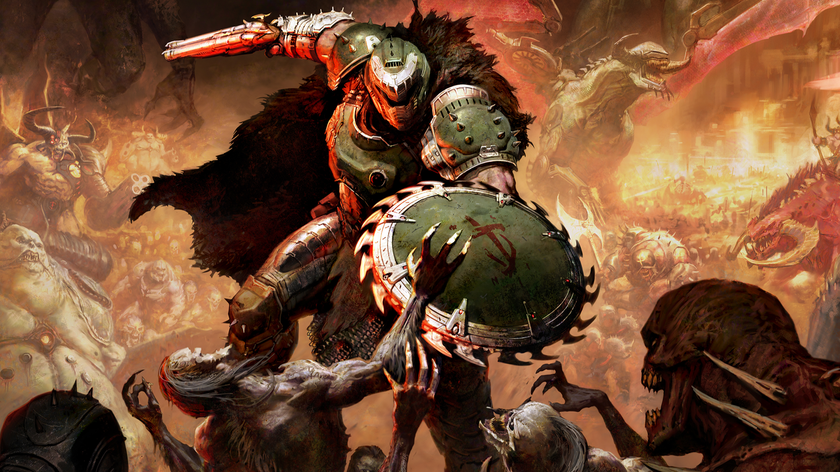
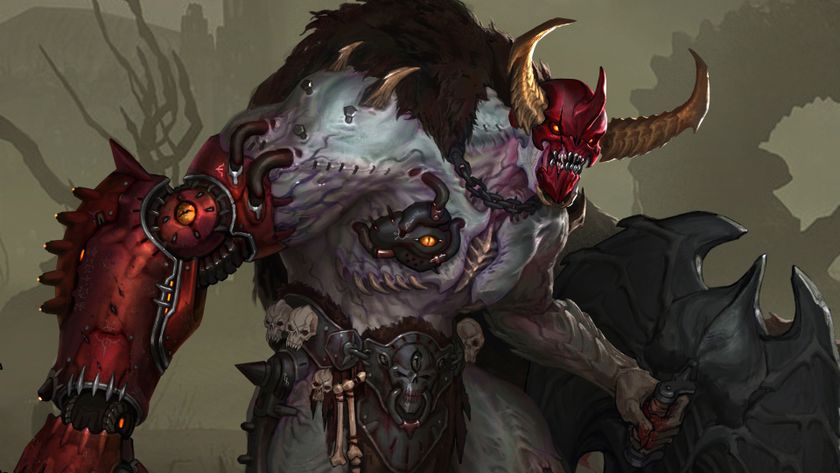
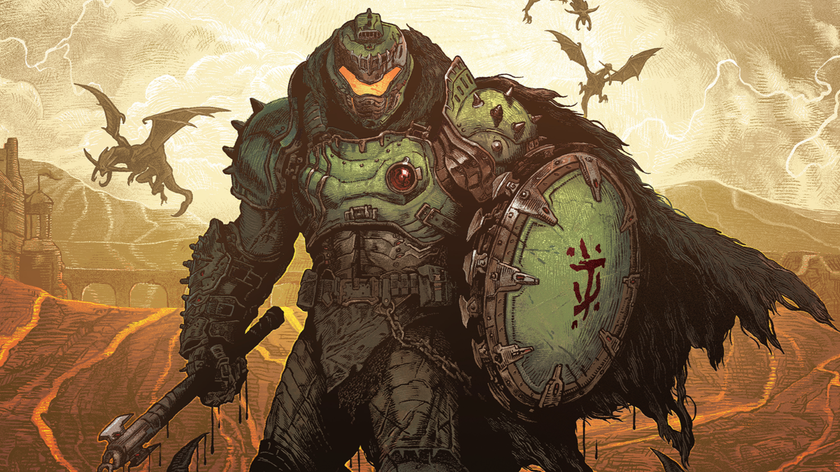
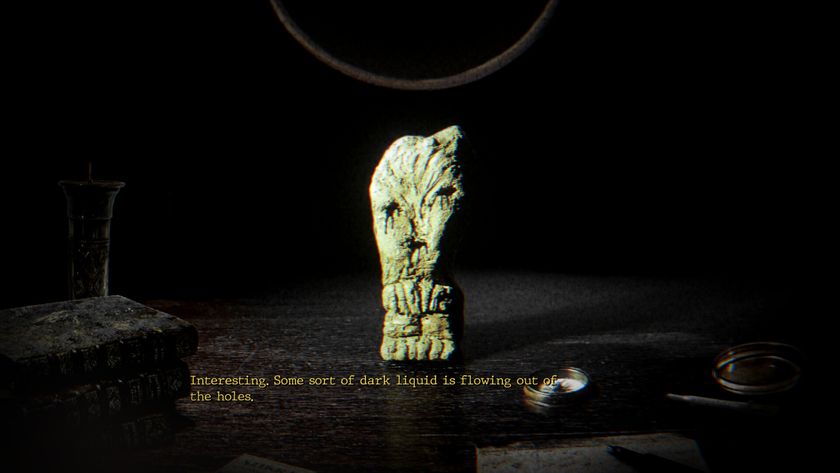
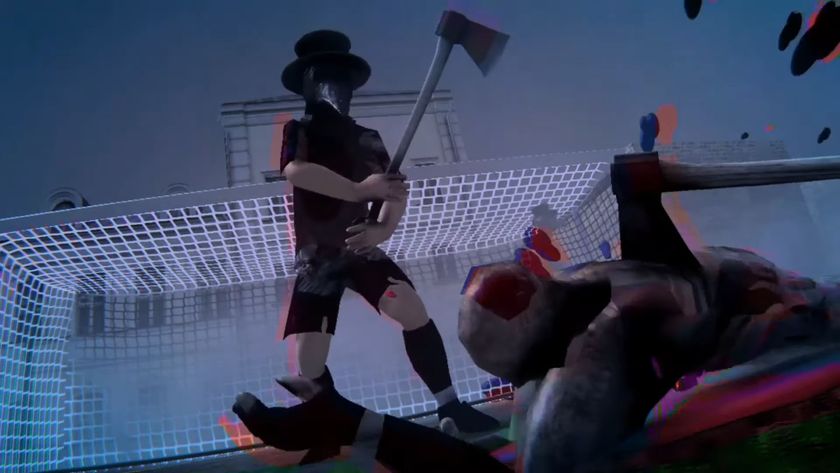
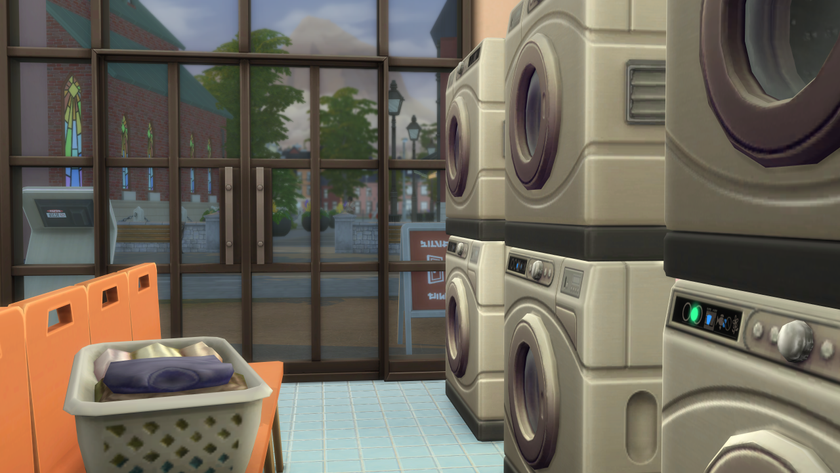

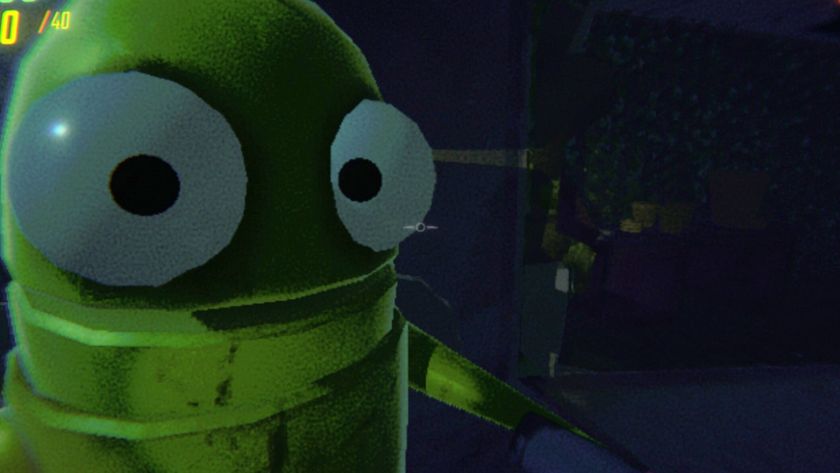
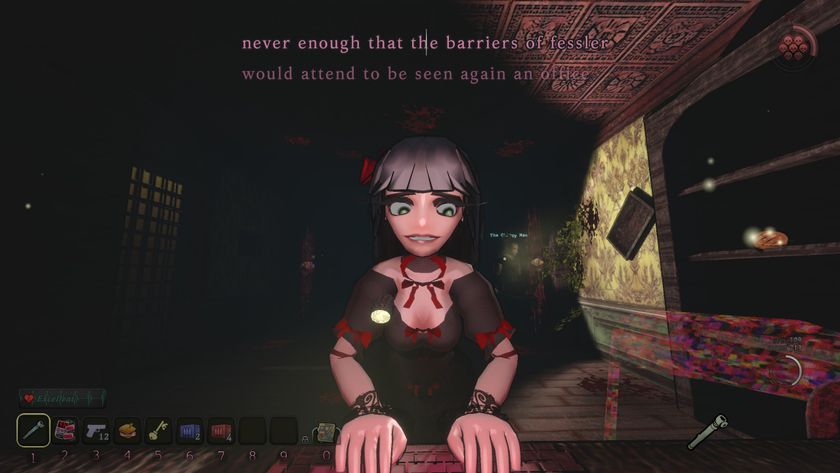
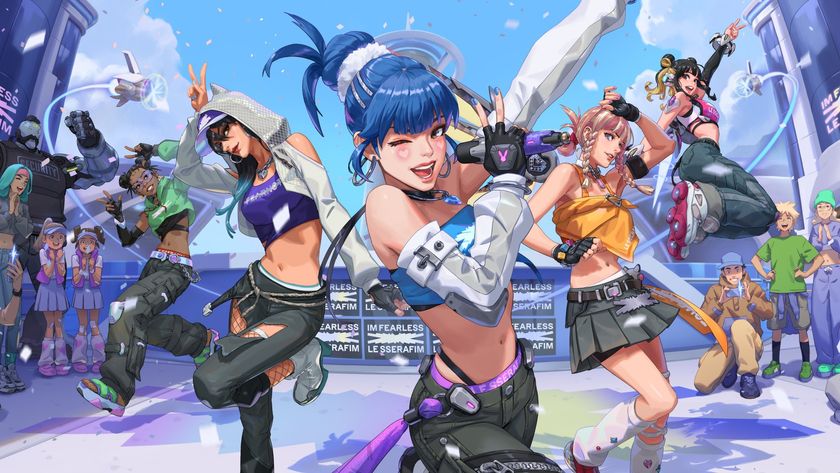
Overwatch 2 is launching another Le Sserafirm collab with 'more transformative' skin designs, guided by Blizzard Korea's keen eye for Korean trends and street style

You can theoretically beat Doom: The Dark Ages without using a gun, but 'You'd have a hard time, that's for sure,' says the game's director
